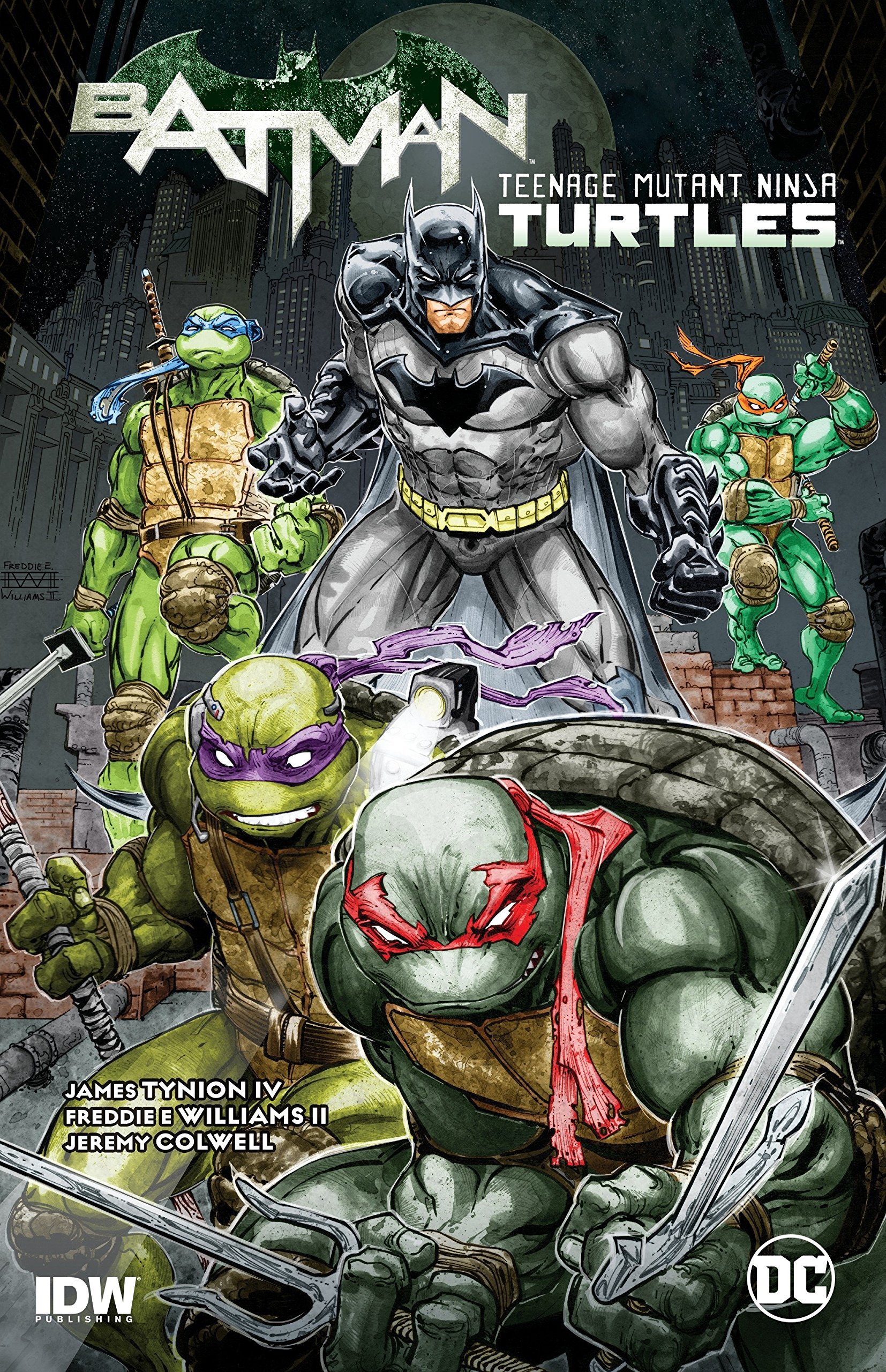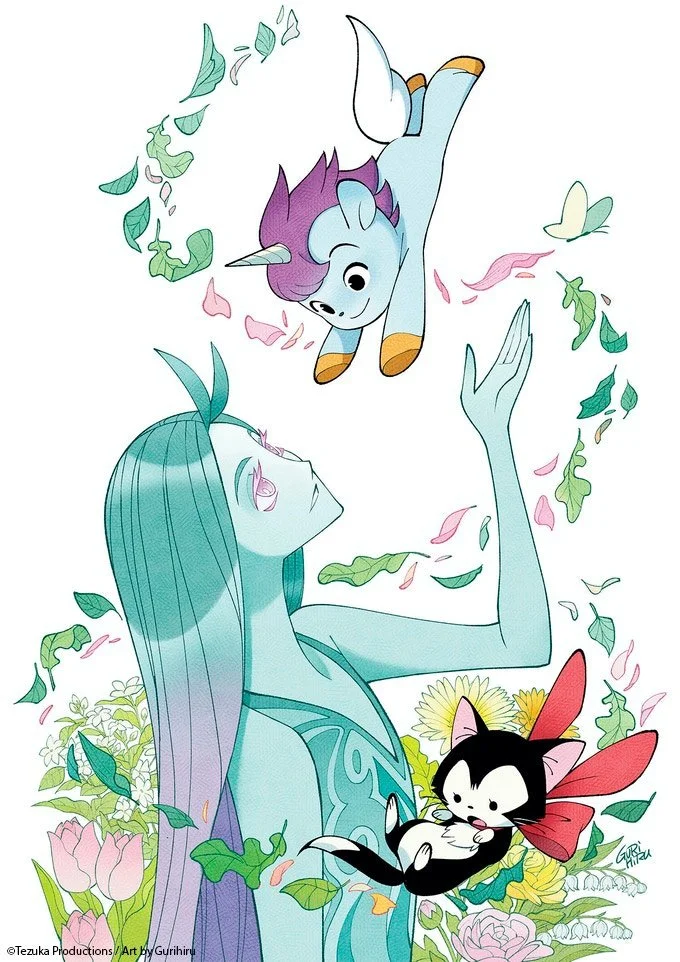The Man Without Fear...By The Year: 1970
By Bruno Savill De Jong — It’s 1970. The US invades Cambodia, the Concord takes its first flight, The Beatles disband, and Jimi Hendrix dies of an overdose at 28. People are listening to “A-B-C,” watching M*A*S*H, and reading Daredevil.
Written by Roy Thomas (60-69, 71), Gary Freidrich (67 (assistance), 70)
Illustrated by Gene Colan
Inks by Syd Shores (60-71)
Colors unknown/unlisted
Lettered by Sam Rosen (60-61, 70), Artie Simek (62-69, 71)
Daredevil is holding it together in 1970. At least, he’s trying to, anyway. He overturns the mastermind Crime-Wave – actually Foggy’s assistant Hollis introduced the same issue – and takes down extremists threatening to tear America apart. Unlike 1969, where Matt seesawed between being a civilian or Daredevil full time, he appears to have embraced both aspects of himself, telling Karen “until I’m sure whether the real ‘me’ is Matt Murdock… or Daredevil… I’ve got be both men!” Of course, attempting to juggle such responsibilities distracts Matt away from Karen. Her knowing his double-life does little to endear Karen, feeling tricked by Matt, including how her affection for his shy, “helpless,” blind persona was an illusion. Matt’s preoccupation with crimefighting even makes him forget Karen’s birthday, and such emotional neglect – perhaps now worse since there’s no mystery behind it – makes Karen relocate to L.A., with Matt too busy to stop her.
1970 was a strange year for Hollywood. Sharon Tate’s murder by the Manson Family the previous year profoundly shook the Los Angeles community as well as America in a wider sense, exasperating the darkly ambitious films emerging from “New Hollywood,” which would explode in 1971 with A Clockwork Orange, Dirty Harry, Straw Dogs and The French Connection. But 1970 wasn’t there yet, and LA was in the midst of reinventing itself. So aside from a reference to Midnight Cowboy, the kid-friendly Daredevil comic discreetly avoids commenting on LA’s changed climate.
Los Angeles does, however, seem to rub off on Karen, her aspirations to be an actress shaking her out of her demure secretary guise and reinvented as a sunglass-wearing hippie chick. Daredevil encounters many such hippies in LA as he tries to track Karen down. Plus, LA seems much less accommodating towards superheroes than its coastal twin of NYC, both in cops being less familiar with costumed crime-fighters, and the lack of skyscrapers to swing around on.
Los Angeles’ film sets are also an opportunity for disguise and subterfuge. Karen’s gothic soap-opera Strange Secrets (a pastiche of Dark Shadows) is stalked by Brother Brimstone, who is Karen’s co-star disguised as an unrelated character, to boost the show’s ratings. When Daredevil does Karen a favor by appearing on a film-shoot, Stilt-Man has tracked him down for revenge, and uses make-up to disguise himself as Daredevil’s fellow actor. Although such cosmetic disguises aren’t unique to LA, as Daredevil does the exact same thing back in New York, changing his face to that of Kid Gawain, a young boxer whose match is rigged by extremists. Daredevil also encounters the Squadron Sinister’s Nighthawk, who acts like a hero to upstage Daredevil, before being publicly shamed via Daredevil using make-up to pose as a crook that Nighthawk lets go.
1970s Daredevil also touches upon villain rehabilitation, like checking back in with Gladiator in prison. He claims to not remember his criminal activities, although he is clearly faking this amnesia to break out of prison. But in LA, the Stunt-Master sincerely attempts to become a legit stunt-actor, only to get roped into a heist. Stunt-Master teams up with Daredevil to defeat his collaborators, and go straight in the movie business. And Matt himself tries to reform in Karen’s eyes, traveling to California to prove that he cares about her. But it is too little too late, as Karen has found fulfillment in her acting career outside the Nelson & Murdock offices. Daredevil’s somewhat petulant demand “it’s either your career… or me” is particularly hypocritical, given Daredevil put his crime-fighting career above Karen in the first place. So, Matt fails to draw Karen back to NYC.
The back-half of 1970s Daredevil is preoccupied with extremists, Matt monologuing that they’re “like a cancer, threatening the life of every society.,” although the specific group he thinks this of – The Phoenix, led by Kragg – does not reveal their political agenda. Foggy dubs them both “New Left” and “Far Right.” Instead, Phoenix represents a generalized corruption of the pure sport of boxing, which Daredevil has personal attachment to given his father was killed by the Fixer (back in Daredevil #1) for refusing to take a dive. This issue even introduces Battlin’ Jack Murdock’s old trainer Pop Felton, making this a nostalgic exercise for Daredevil to remove those trying to corrupt boxing for their political ends, whatever they may be.
Daredevil also fights extremists when saving a Black boy whose older brother has seemingly joined the Black Power gang the Thunderbolts (not to be confused with the Marvel group of the same name), clearly a stand-in for the Black Panthers. Nowadays, the media has begun reevaluating the Panthers and their liberating agenda, but back at the time, mainstream (i.e., white) establishments were scared of them, and believed their goals were radical and threatening. This is what Daredevil proposes, that the Thunderbolts are only interested in power for themselves instead of equality. It’s made more awkward since Daredevil teams up with the Black Panther against them, making him battle a stand-in for the group he shares a name with.
In fairness, Daredevil is not only against this left-wing extremism. A black Vietnam veteran says he “doesn’t dig the war” but is simply uninterested in a “hate-crew” like the Thunderbolts. And the same issue has Daredevil proclaim “if there’s anything I hate worse than a crook, it’s a crook with a badge,” with the corrupt security guard a tiny slippage from the Comics Code Authority’s mandate that all official institutions must always be respected. Plus, the next story swings to the other side of extremism, with right-wing maniac Buck Ralston becoming Tribune, a self-appointed judge of “who’s a good American… and who’s a rotten red!”
1968 gently influenced the tone of Daredevil comics, but now tangible events from that dramatic year are leaking onto the pages of 1970. Tribune’s agents planting bombs and blaming it on the long-haired protestors draws explicit parallels with 1968 in Chicago, the framed teenagers dubbed the New York 3 ala the Chicago 7. Daredevil seems broadly sympathetic to their side, reasoning they simply want “anyone to listen” to them, with Matt and Foggy (prosecuting the teenagers as the D.A. team) feel “on the wrong side of history.” Tribune invades the courtroom to pass judgement himself, which ironically exonerates the youths, before being killed by his own time-bomb while fleeing the scene (although Daredevil throws it at his helicopter, which might be his first intentional fatality). Tribune represents another rabble-rouser and reactionary trying to divide America up, while Daredevil is just trying to keep it together.
Check out past installments from The Man Without Fear…By The Year!
Check out Bruno Savill De Jong’s last regular series, Gotham Central Case by Case!
Bruno Savill De Jong is a recent undergraduate of English and freelance writer on films and comics, living in London. His infrequent comics-blog is Panels are Windows and semi-frequent Twitter is BrunoSavillDeJo.












